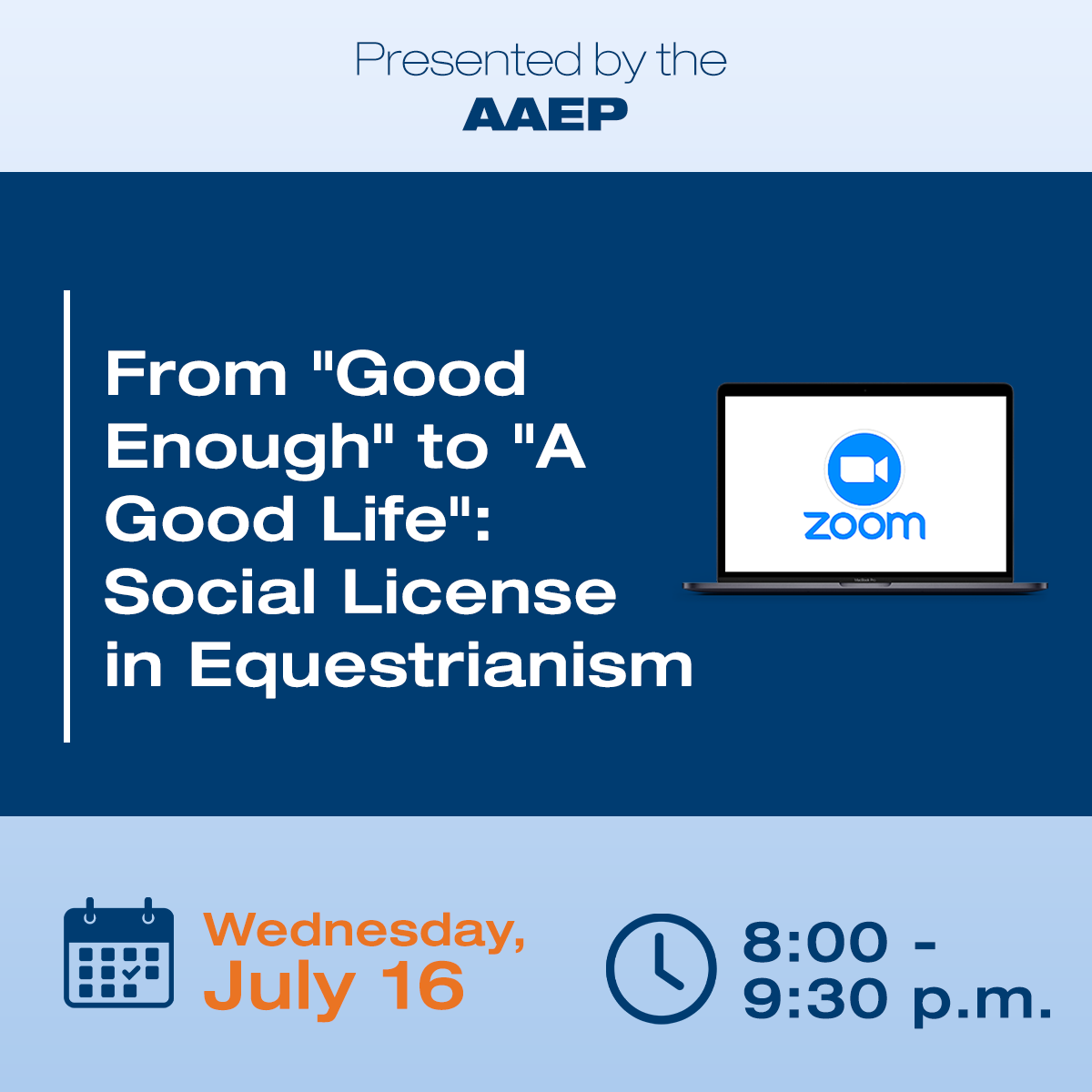Educational Program
Day 1: Focus on the Foot
Lectures
8:00 - 8:15 a.m.
Introductions
8:15 - 9:05 a.m.
Overview of the available imaging modalities for use in the foot and strengths and weakness of each
9:10 - 10:00 a.m.
Ultrasound and radiographs of the foot region with comparison to other imaging modalities
10:00 - 10:15 a.m.
Break
10:15 - 11:05 a.m.
Multimodality case-based talk
11:10 - 11:25 a.m.
Antech/Sound sponsor representative comments
11:30 a.m. - Noon
Transport to CSU Equine Center
Noon - 1:00 p.m.
Lunch
Labs
1:00 - 5:30 p.m.
4 stations @ 60 min. each; rotate; 30-min. break after 2nd rotation
Station 1: Limbs for prosection, dissection and injections
- Including specimens to practice injections (distal interphalangeal joint, navicular bursa, proximal interphalangeal joint)
Station 2: Ultrasound examinations (foot and limited pastern) – 2 stations
- Normal horse ultrasound examination
- Affected horse ultrasound evaluation (cases will vary based on availability)
- Podotrochlear pathology
- Deep digital flexor tendon pathology in pastern region
Station 3: Radiographic findings - foot
- Optimizing foot radiographs (live horses), specialized projections including additional navicular skylines
- Radiograph-guided navicular bursa injections on cadaver limbs
- Case-based discussion of radiographic findings of the foot
Station 4: Interactive multimodality case rounds
- Clinical exam findings, ultrasound, radiographs, MRI, PET
5:30 - 6:00 p.m.
Wrap up/question and answer session
6:30 - 9:00 p.m.
Reception/social activity
Day 2: Focus on the Metatarsus/tarsus
8:00 -8:15 a.m.
Recap of Day 1
8:15 - 9:05 a.m.
Overview of the available imaging modalities for use in the metatarsus/tarsus and strengths and weakness of each
9:10 - 10:00 a.m.
Ultrasound and radiographs of the metatarsus/tarsus with comparison to other imaging findings
10:00 - 10:15 a.m.
Break
10:15 - 11:05 a.m.
Multimodality case-based talk
11:10 - 11:25 a.m.
Zoetis sponsor representative comments
11:30 - Noon
Transport to CSU Equine Center
Noon - 1:00 p.m.
Lunch
Labs
1:00 - 5:30 p.m.
4 stations @ 60 min. each; rotate; 30-min. break after 2nd rotation
Station 1: Limbs for prosection, dissection and injections
- Including specimens to practice injections (distal tarsal joints and subtarsal for blocking. Tarsal sheath)
Station 2: Ultrasound examinations (proximal suspensory ligament, tarsus, tarsal sheath) – 2 stations
- Normal horse hindlimb ultrasound examination
- Affected horse hindlimb ultrasound examination (cases will vary based on availability)
- Hindlimb suspensory ligament pathology
- Distal tarsal osteoarthritis (osteolytic, plantar especially helpful)
- More advanced techniques (anisotropic)
Station 3: Radiographs of the hindlimb
- Optimizing tarsal radiographs (live horses)
- Case-based discussion of radiographic findings of the hindlimb
Station 4: Interactive multimodality case rounds
- Clinical exam findings, ultrasound, radiographs, MRI, PET
5:30 - 6:00 p.m.
Course wrap-up, question and answer session
Related Events
Virtual Wednesday Round Table: The Lens of Ethics
Presenters: Drs. Barb Crabbe, Betsy Vaughan, and Bibi Freer More information and…
Virtual Wednesday Round Table: Adnexal Disease
More information and registration for this Round Table will be available later…


